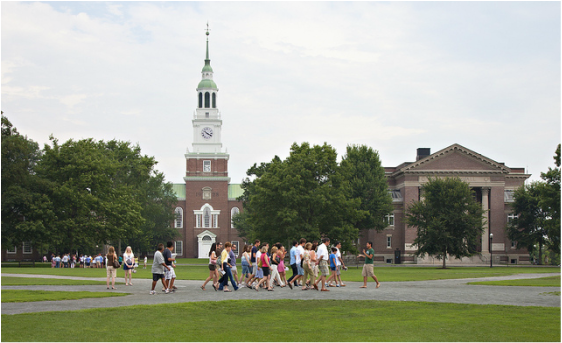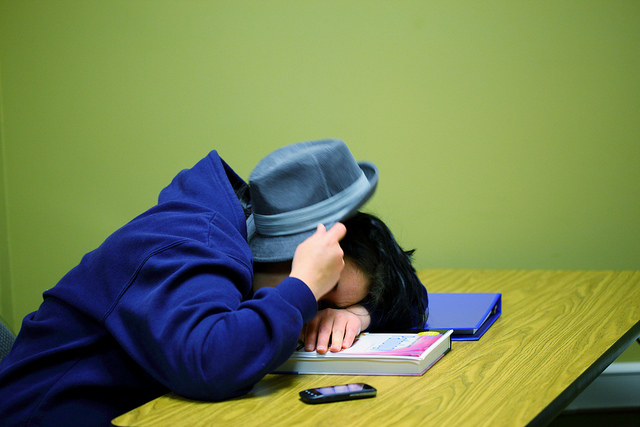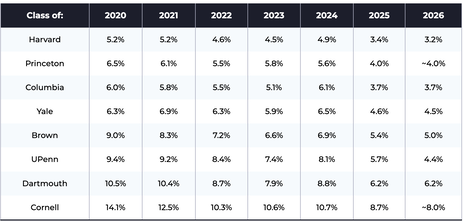Getting into a top college or graduate school has never been so hard...and it’s only becoming more difficult.
We're here to help!
We're here to help!
Why Tip Top Admissions?
|
Tip Top Admissions is a small operation that guarantees the best in college admissions consulting that money can buy. Each season, only a finite number of clients is accepted. Those clients then receive expert, individualized guidance every step of the way into their top choices of schools.
Don't be fooled by larger operations that claim to have "cracked the code." There is no formula or algorithm behind getting into the country's best universities. Only a smart, tenacious, and ethical strategy – one that focuses on the student's strengths and that uniquely highlights the student's qualities – will yield the results you wish for. Why take a gamble on one of life's most import decisions? |
But don't delay! The sooner you embark on this journey, the greater your odds will be of getting into the school of your dreams. Waiting until the middle of the application season during your senior year will only put you at a disadvantage among fellow top students, many of whom have been coached in one way or another since their freshman year of high school.
I’m a student, and I need help!
|
About 4 million high school students nationwide graduated in 2023. College enrollment, which has been steadily on the decline since 2018, is still estimated to be about 62%. If the top 10% of performing students apply to the top-ranked 20 colleges in the U.S., that would equate to ~250,000 students jockeying for ~30,000 spots. This doesn’t include legacy students, international students, or students who might not be in the top 10% but who are close enough, bringing with them other things to the fray, such as All-American athleticism, nationally-recognized artistry, demonstrable business experience and acumen, or impassioned volunteer work that would impress even MacKenzie Scott.
In short, if you don’t have a stellar, unique narrative to accompany your academic performance, then you will find yourself at a potentially costly disadvantage. Top colleges don’t merely want smart and accomplished students, they seek interesting and promising ones. And with competition at record rates in the number of applicants year over year, these colleges have, in many ways, their pick of the litter. So the question becomes, “How will YOU stand out?” This is where we come in... |
|
I’m a parent, my child needs help!
|
In 1993, the University of Chicago’s undergraduate acceptance rate was 77%. Back then it might have been considered a “safety school.” Today, the latest ranking by U.S. News & World Report positions University of Chicago at #6 in the country. In contrast to the acceptance rate for Chicago's class of 1997, the acceptance rate for Chicago’s class of 2027 is a staggering 5%!
Think about this for a minute; let it sink in -- because, though extreme, Chicago is certainly not the exception among elite colleges. Duke, Northwestern, Washington University, Vanderbilt, Emory, Notre Dame, and other schools have experienced similar surges in interest, activity, and recognition. |
Now, let’s talk about the Ivy League, where all schools now have acceptance rates of 8% or less. For the class of 2027, Harvard yielded an acceptance rate of 3.41%, followed by Columbia at 3.9% and Yale at 4.35%.
There are many factors behind these low acceptance rates -- from the spike in applications due to the Common App, to "post-Covid's" economic "new normal," to the concentrated outreach of top schools to appeal to prospective applicants from underrepresented, underserved, and/or marginalized communities.
Gone are the days of presumed or perceived Ivy League hierarchy: Students today rarely get into multiple Ivy League schools, no longer having the luxury and privilege to choose from an array of acceptances. The statistics just don’t shake out for self-selectivity like they did in the 70s, 80s, 90s, and 00s. In other words, no matter where and how the school is ranked by whomever, ALL Ivy League schools are now “reach schools."
So how do you help your child navigate such odds?
This is where we come in...
There are many factors behind these low acceptance rates -- from the spike in applications due to the Common App, to "post-Covid's" economic "new normal," to the concentrated outreach of top schools to appeal to prospective applicants from underrepresented, underserved, and/or marginalized communities.
Gone are the days of presumed or perceived Ivy League hierarchy: Students today rarely get into multiple Ivy League schools, no longer having the luxury and privilege to choose from an array of acceptances. The statistics just don’t shake out for self-selectivity like they did in the 70s, 80s, 90s, and 00s. In other words, no matter where and how the school is ranked by whomever, ALL Ivy League schools are now “reach schools."
So how do you help your child navigate such odds?
This is where we come in...




